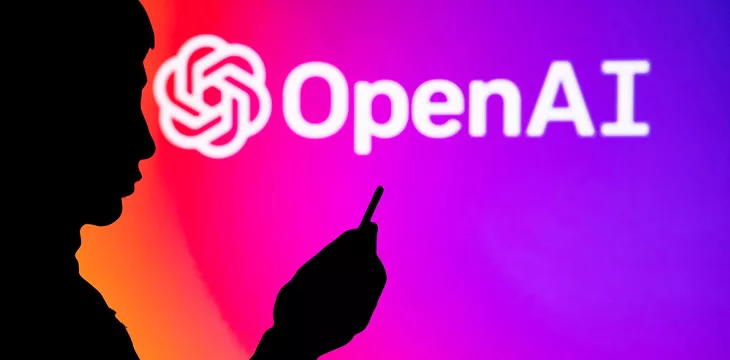All about AVAX blockchain types, specific features and perspectives

Finding a solution to the blockchain trilemma that entails achieving invulnerability, high throughput, and decentralization can be difficult. Nevertheless, in the pursuit of these goals, viable compromise solutions may emerge that serve as the basis for innovative projects. Among these solutions is the Avalanche (AVAX) blockchain platform, which leverages a variation of the Proof-of-Stake (PoS) consensus mechanism.
Avalanche, like Ethereum, supports smart contracts for managing decentralized applications (DApps) on the network. Avalanche smart contract written in Solidity language used for the same purpose in the Ethereum ecosystem. This technical feature improves blockchain interoperability through integration with multiple decentralized finance (DeFi) ecosystems.
The ecosystem uses AVAX, the internal token of the Avalanche platform, to conduct transactions. Tokens are used as a means of distributing rewards, participating in system management, and paying fees for network transactions. If you are already using the services of a centralized exchange, you do not need to specifically exchange USDT (ETC20) for USDT (TRC20) to purchase AVAX.
How does the Avalanche blockchain work?
Agreement on Avalanche
To ensure security and transaction confirmation, the Avalanche blockchain network uses an innovative consensus mechanism based on PoS. When a user initiates a transaction, the validator on a randomly selected node sends a message to other nodes. Additionally, additional validators are involved in the process until consensus is reached in the system. This process is similar to the avalanche effect, where one transaction triggers many other processes.
A validator’s reward depends on how long the node has staked tokens (proof of uptime) and how accurately the node has followed the program rules in the past (proof of correctness).
subnet
Avalanche users can create special chains with their own rules, similar to parachains on the Polkadot network and shards on Ethereum 2.0, ensuring the scalability of the blockchain.
Consensus on these chains is achieved by subnets, which are groups of nodes that validate a specific set of blockchains. All validators on the subnet must also verify transactions on the Avalanche mainnet.
Embedded Blockchain
The Avalanche network consists of three blockchains that solve scalability, security, and decentralization issues.
- Exchange Chain (X-Chain): The main blockchain for creating and exchanging assets, including AVAX tokens.
- Contract Chain (C-Chain): Allows the creation and execution of smart contracts, providing cross-chain compatibility with the Ethereum virtual machine.
- Platform Chain (P-Chain): Coordinates validators and manages subnet creation and management.
Avalanche Benefits
- Avalanche confirms transactions in less than 1 second. With a throughput of 4,500 TPS, this platform is one of the fastest blockchains.
- The network’s transaction fees are competitive and much lower than other blockchains such as Ethereum.
- Avalanche seamlessly interacts with Dapps on the Ethereum, COSMOS, and Polkadot blockchains, providing excellent compatibility.
- Avalanche consumes significantly less energy than many of its competitors. It is considered the greenest blockchain, along with Polkadot (DOT) and Cardano (ADA). Avalanche is optimized to run the processor efficiently and enter sleep mode in low-power states.
Avalanche (AVAX) Price Prediction
According to some analysts, Avalanche is one of the most surprising cryptocurrencies. Long-term forecasts for 2023 predict significant price increases in the second half of the year, with a target of around $22.69. Although the coin has not yet reached its target level, its price has already risen significantly over the past few months.
Predictions for the next few years also sound very optimistic. Behind the project is a reputable and experienced development team that continuously improves the idea and thereby maintains the interest of investors and users. It is expected that the price of the coin will gradually increase, but it is currently extremely difficult to predict the rate of increase. Perhaps by 2025, AVAX will be trading close to $50 per coin. Since the AVAX to ETH exchange rate also changes dynamically over a long period of time, you can also get good profits using this trading pair.
With mass adoption of cryptocurrencies expected in the near future, this will also play an important role in the development of the industry. It is very likely that AVAX price will break the triple-digit barrier within 10 years.
Also Read: Avalanche-Based DEX Swapsicle Partners with onXRP to Launch AVAX Cross-Chain Platform



